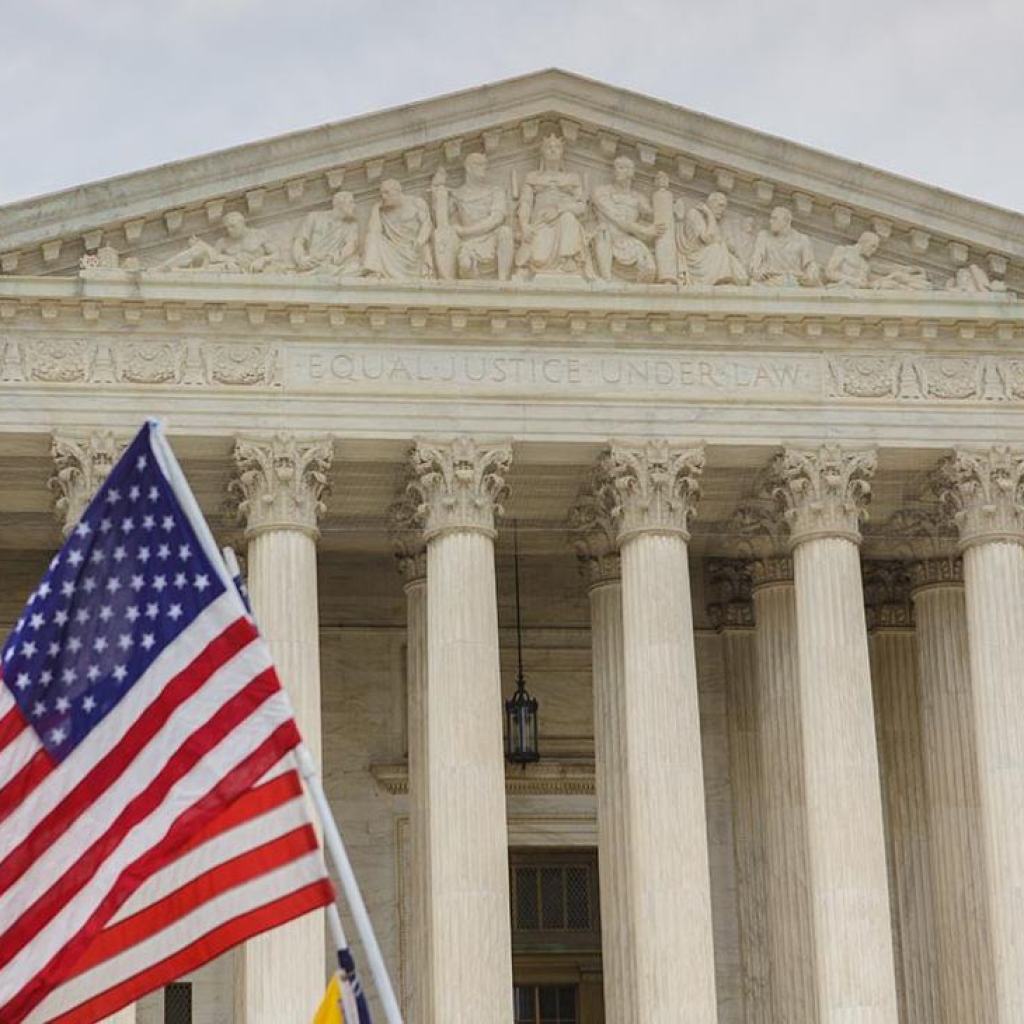Goldman Sachs Forecasts Supreme Court Likely to Curb Presidential Tariff Powers Under IEEPA
In a noteworthy analysis, experts at Goldman Sachs have projected that the U.S. Supreme Court is likely to limit presidential powers to impose tariffs under the International Emergency Economic Powers Act (IEEPA). This potential judicial shift could significantly affect the landscape of U.S. trade policy, which has seen liberal use of the IEEPA in recent years to enforce tariffs, especially under former President Donald Trump’s administration.
Background of the IEEPA
The IEEPA, enacted in 1977, grants the U.S. President the authority to regulate international commerce after declaring a national emergency in response to any unusual and extraordinary threat to the United States that originates substantially from abroad. Historically, this act has been invoked for various issues, including trade sanctions and tariffs that the executive branch argues are necessary for national security or foreign policy.
Recent Trends in Tariff Imposition
Under the Trump administration, the IEEPA was notably utilized to impose tariffs on foreign goods, particularly from China, which the administration argued were necessary to combat unfair trade practices and threats to national security. These measures, however, have been contentious, sparking debates about their economic justification and legality. Critics argue that such use of the IEEPA stretches its intended scope and encroaches on areas that should require Congressional approval.
Goldman Sachs’ Analysis
According to Goldman Sachs, there has been a noticeable judicial pushback against what is perceived as an overextension of executive power under the IEEPA. The financial institution’s analysis suggests that the Supreme Court appears poised to establish stricter interpretations of the IEEPA, aiming to ensure that presidential actions under this statute are closely aligned with its original intent and statutory limitations.
The potential curbing of tariff powers might lead to significant implications for U.S. trade policy. For one, it could mean the rollback of some tariffs that have been deemed to not strictly adhere to national emergency criteria. It could also shift some of the trade policy control back to Congress, thereby possibly leading to a more structured and transparent process for imposing tariffs.
Market and Economic Implications
This expected move by the Supreme Court could bring about a degree of stability and predictability to the markets that are typically sensitive to abrupt changes in trade policy. Investors and businesses alike may find this development reassuring as it could reduce the likelihood of sudden, unilateral tariff impositions that have in the past roiled markets and disrupted global supply chains.
Moreover, a shift in control of trade policy back towards Congress could facilitate more bipartisan and deliberative policy-making. This could potentially lead to trade policies that are more stable and based on broader consensus rather than the priorities of a single administration.
Conclusion
While the Supreme Court has yet to formally rule on this matter, the indications noted by Goldman Sachs suggest an ongoing reevaluation of executive power concerning trade. As the landscape of global trade continues to evolve, particularly in an era of increasing digital commerce and multinational supply chains, the U.S. legal and regulatory framework may be stepping into a new phase of realignment and definition. This realignment will likely necessitate close monitoring by businesses and investors as it unfolds.
🟣 Bpaynews Analysis
This update on Supreme Court Poised to Limit Presidential Tariff Powers, Predicts… sits inside the Forex News narrative we have been tracking on November 6, 2025. Our editorial view is that the market will reward projects/sides that can show real user activity and liquidity depth, not only headlines.
For Google/News signals: this piece adds context on why it matters now, how it relates to recent on-chain moves, and what traders should watch in the next 24–72 hours (volume spikes, funding rates, listing/speculation, or regulatory remarks).
Editorial note: Bpaynews republishes and rewrites global crypto/fintech headlines, but every post carries an added value paragraph so it isn’t a 1:1 copy of the source.













